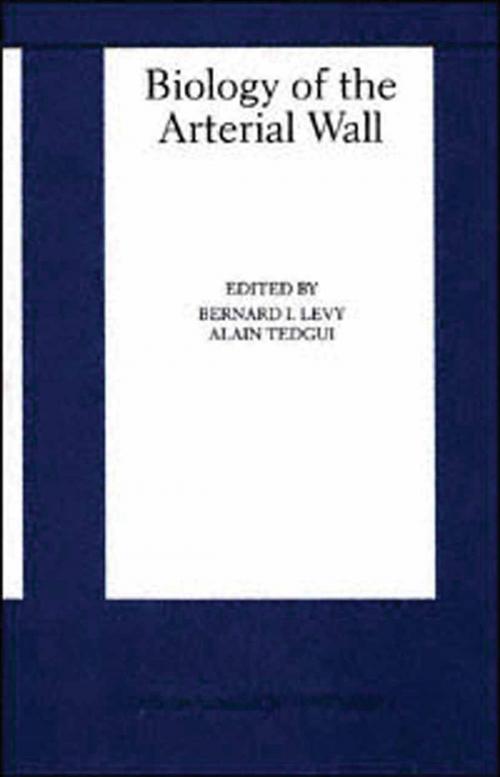Biology of the Arterial Wall
Nonfiction, Health & Well Being, Medical, Medical Science, Physiology, Specialties, Internal Medicine, Cardiology| Author: | ISBN: | 9780585381466 | |
| Publisher: | Springer US | Publication: | November 23, 2007 |
| Imprint: | Springer | Language: | English |
| Author: | |
| ISBN: | 9780585381466 |
| Publisher: | Springer US |
| Publication: | November 23, 2007 |
| Imprint: | Springer |
| Language: | English |
Biology of the Arterial Wall is intended as a general reference text concerned with the biology of the vascular cells and the blood vessel wall under physiological and pathological conditions. One of the major functions of the arteries is to maintain a continuous blood flow to the organs whatever the pressure conditions, thanks to the vasomotor tone of the smooth muscle cells. Great advances have been made over the last decade in the understanding of the endothelial cells as integrators and transducers of signals originating from the blood stream. The pluripotent control functions of the endothelial cells in the vessel wall are now well recognized. A review of endothelial functions and dysfunctions is presented.
Cell biology and molecular genetic studies have now identified an array of molecules elaborated by endothelial cells and vascular smooth muscle cells and by the blood-borne elements which interact with artery cells, defending the artery against injury and modulating evolving abnormal processes. Molecules which induce or inhibit endothelial and/or smooth muscle cells are currently under great scrutiny. Angiogenesis, which plays a major role in tumor growth, but may also be beneficial as a healing process in muscle ischemia, is discussed.
Apoptosis, or programmed cell death, has only recently been recognized as an essential process in blood vessel modeling and remodeling. An overview of apoptosis in the vascular system is presented.
It is increasingly evident that the adjustments of the blood vessel wall are made in the presence of deforming disease processes such as hypertension and atherosclerosis.
The second part of the book is concerned with the blood vessel wall in disease conditions. Several chapters review the role of the vessel and vascular cells in inflammation, and vascular remodeling during arterial hypertension and aging. One chapter is devoted to atherogenesis, atheroma and plaque instability, followed by the pathophysiology of post-angioplasty restenosis, which is a crucial issue in modern interventional cardiology.
Biology of the Arterial Wall is intended as a general reference text concerned with the biology of the vascular cells and the blood vessel wall under physiological and pathological conditions. One of the major functions of the arteries is to maintain a continuous blood flow to the organs whatever the pressure conditions, thanks to the vasomotor tone of the smooth muscle cells. Great advances have been made over the last decade in the understanding of the endothelial cells as integrators and transducers of signals originating from the blood stream. The pluripotent control functions of the endothelial cells in the vessel wall are now well recognized. A review of endothelial functions and dysfunctions is presented.
Cell biology and molecular genetic studies have now identified an array of molecules elaborated by endothelial cells and vascular smooth muscle cells and by the blood-borne elements which interact with artery cells, defending the artery against injury and modulating evolving abnormal processes. Molecules which induce or inhibit endothelial and/or smooth muscle cells are currently under great scrutiny. Angiogenesis, which plays a major role in tumor growth, but may also be beneficial as a healing process in muscle ischemia, is discussed.
Apoptosis, or programmed cell death, has only recently been recognized as an essential process in blood vessel modeling and remodeling. An overview of apoptosis in the vascular system is presented.
It is increasingly evident that the adjustments of the blood vessel wall are made in the presence of deforming disease processes such as hypertension and atherosclerosis.
The second part of the book is concerned with the blood vessel wall in disease conditions. Several chapters review the role of the vessel and vascular cells in inflammation, and vascular remodeling during arterial hypertension and aging. One chapter is devoted to atherogenesis, atheroma and plaque instability, followed by the pathophysiology of post-angioplasty restenosis, which is a crucial issue in modern interventional cardiology.















